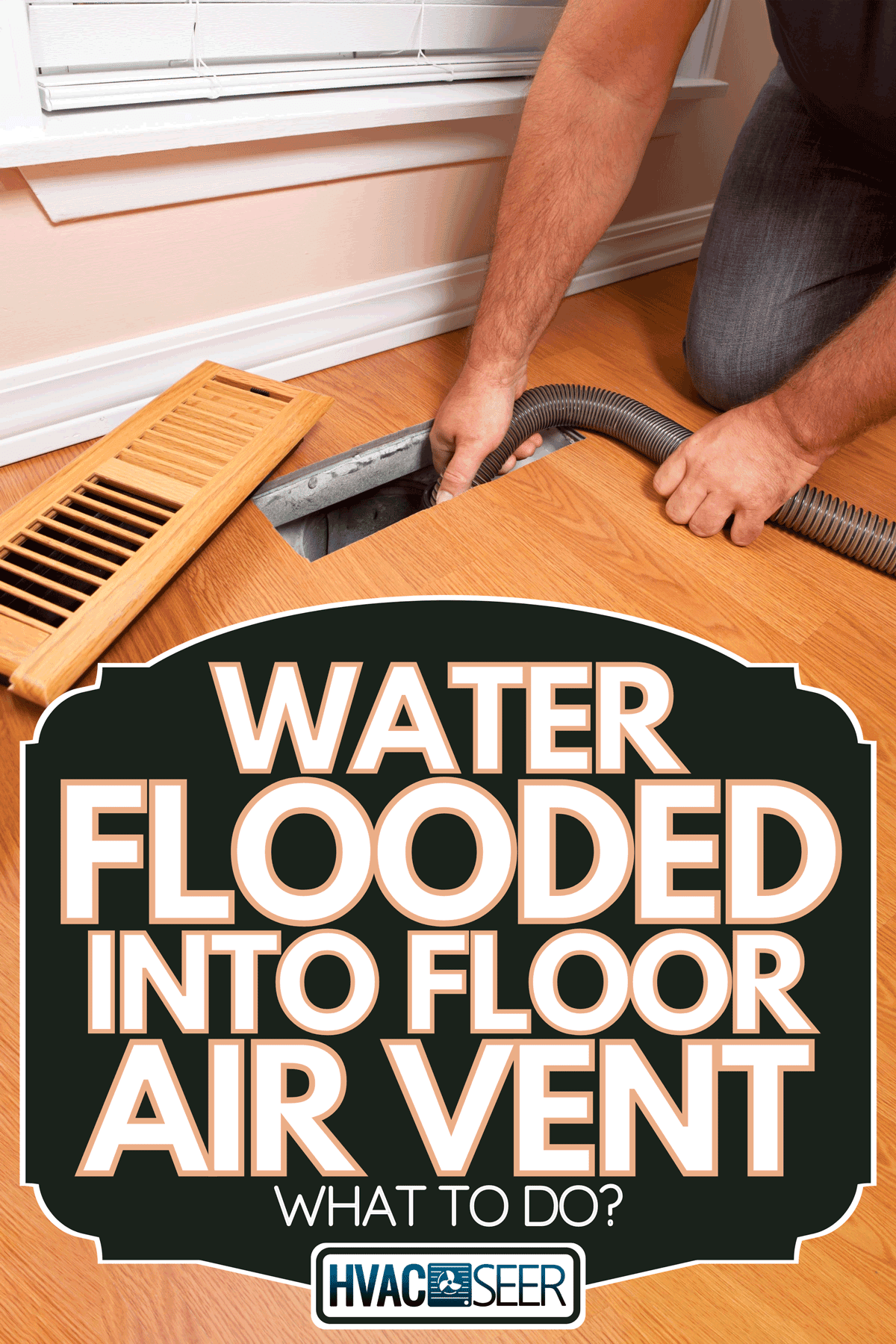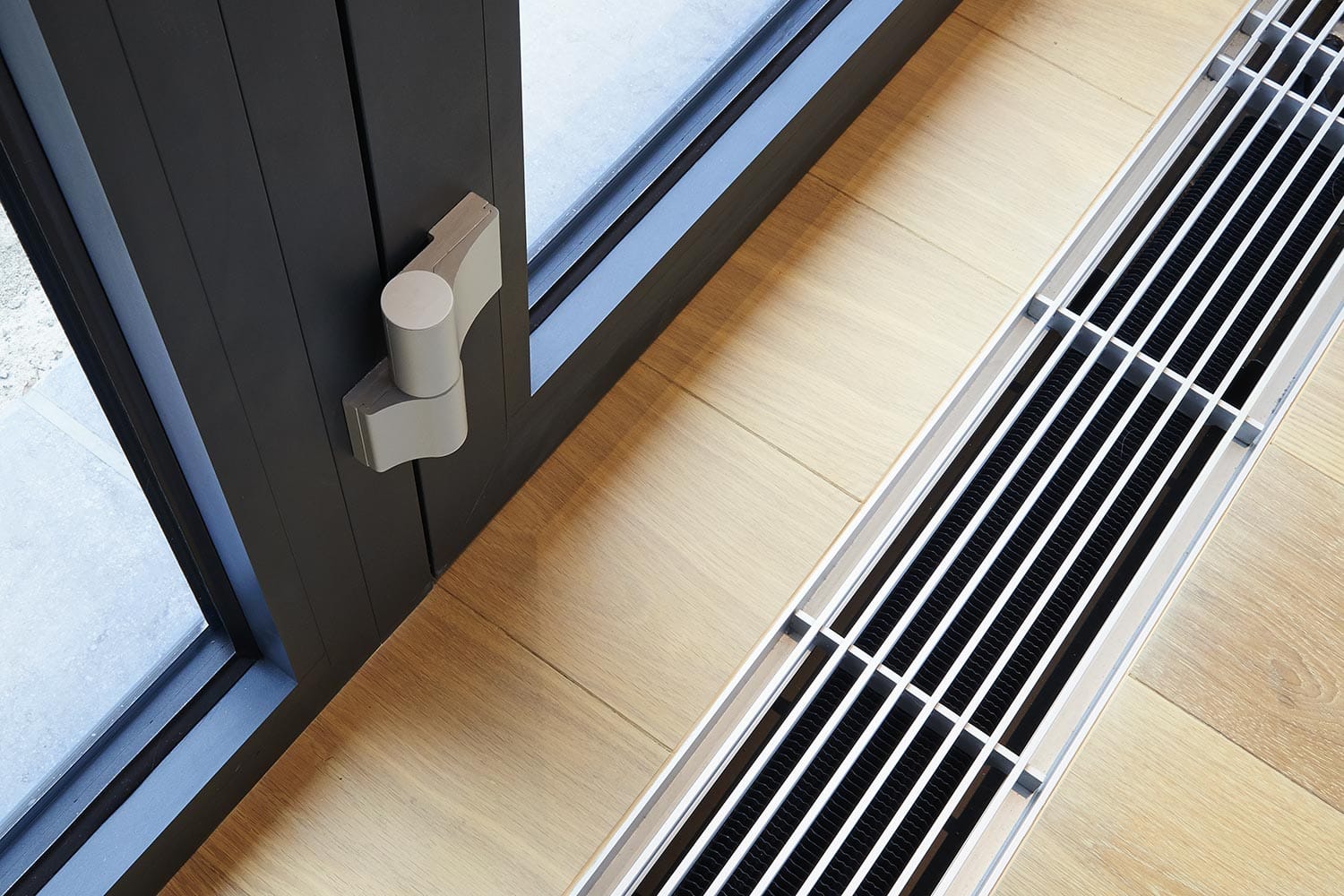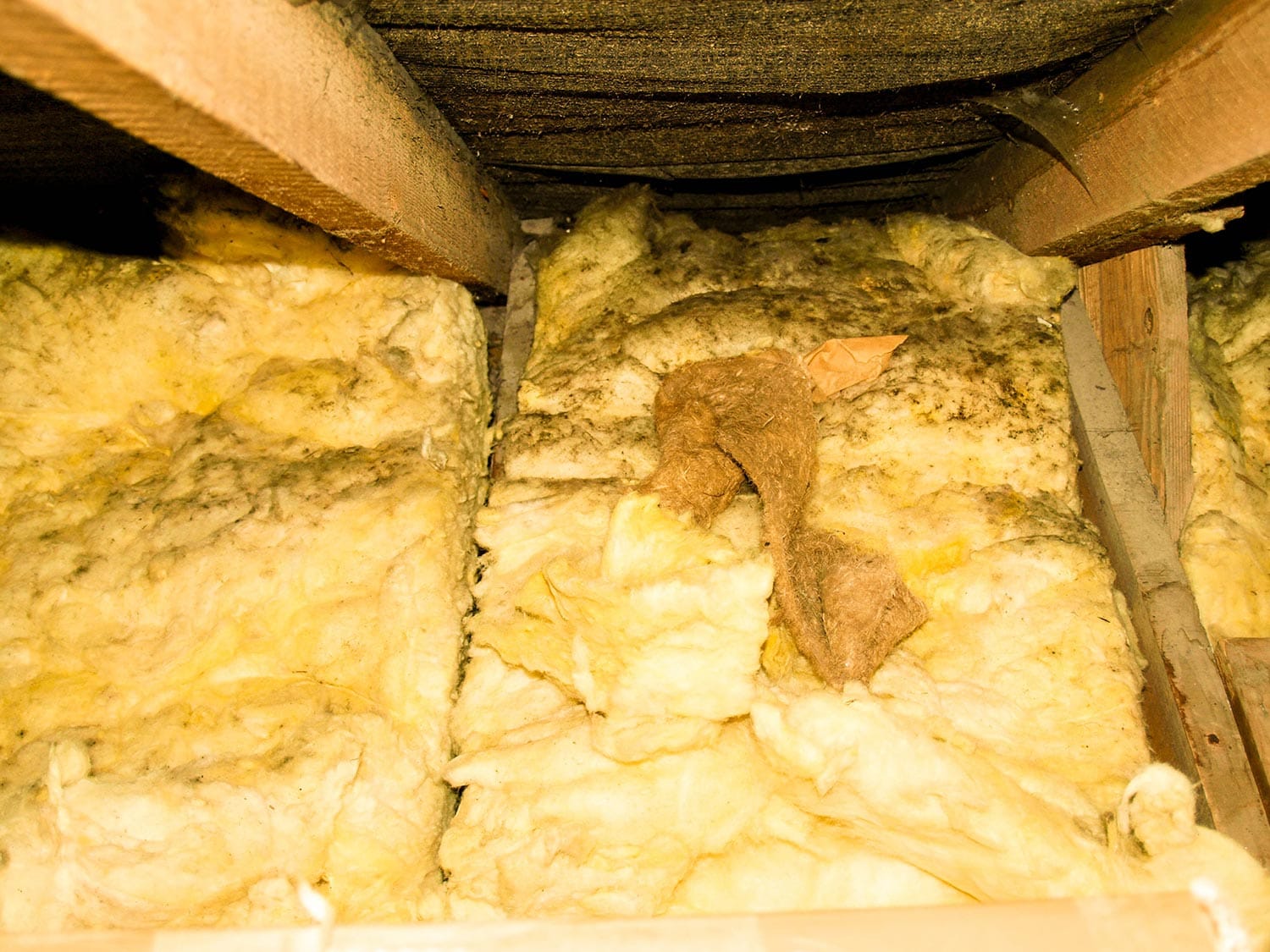Did recent flooding bring water into your floor air vent, and you wanted to know what you should do to fix it? Well, you came to the right place because we researched this question and have the answer for you.
Here are the steps to fix the problem:
- Clear the area around the vent to prevent water from seeping into any furniture.
- Turn off the HVAC from the main switch or the breaker if there is no switch.
- Carefully remove the cover of the floor air vent.
- Use a wet/dry vacuum to remove the majority of the water inside the floor air vent.
- Use a long mop to get the rest of the water that the wet/dry vacuum cannot remove or cannot access.
- Lift some of the floorboards if you still cannot get all the water out.
- Be careful not to loosen the connections of the vent that could cause water to get to the surrounding insulation.
- Have a fan pointed at the air vent to dry out any remaining moisture in the vent.
Water getting into the floor air vent is not easy to clean and clear. Thus, the root cause of the water in the floor air vent should be addressed too. The succeeding sections have tips to prevent water from getting to the floor air vent again. Read on!

What to do after removing water from the floor vents?
Before we talk about preventing water from getting into your floor vents, let’s talk about the things you must do post-removal.
What to do with wet insulation?
The first thing you need to do after you drain, dry, and clean the floor duct is to inspect all the insulation leading to the air vent on the floor. Check the insulation from the HVAC or furnace to where it connects to the floor duct.
Remove any wet insulation and replace it. Wet insulation is a great breeding ground for mold and mildew.
Inspect vents for improper sealing
Inspect the vents for any improper sealing, especially around the floorboards. The cleaning and drying activity can loosen the seals, and if the seals have leaks, they will need to be repaired.
Inspect the surrounding floor
Moisture or water on the surrounding floor—especially under the top floor layer will become a breeding ground for mold if not dried and cleaned. Check the surrounding boards for the presence of moisture if you have a hardwood floor and dry them properly.
If you have a carpet around the floor air vent, clean it properly and dry it before you put it back.
Inspect the vent covers
Let the vent covers dry before putting them back.
Another important area to check is the screw holes. The screw holes can hold on to water and moisture, and this can rust the screws once you put them back.
How to prevent water from getting to your floor vents?

Here are some tips to prevent water from getting to your floor air vent.
Check water pipes
Check your water pipes for leaks that can cause water to get to the floor air vent. Seal any leaks with caulk. Replace the pipe if the leak is too big for the caulk to repair.
The Gorilla White, 100% silicone sealant caulk, is available on Amazon. Check it out through this link.
Check drains
Inspect your drains for any blockage and clear them. The drains in rooms where you have a floor air vent should always be clear of blockages to prevent water from accumulating on the floor of that room and getting into the floor air vent.
Schedule a time to regularly check the drains to clear them of any blockages before they become clogged enough to cause problems for your floor air vent.
Check appliances
Some appliances have pipes that go directly to a drain. These drains should always be kept clear so that the drainpipes of your appliances will never get blocked. This will prevent water from your appliances from overflowing from the appliance into your floor air vent.
In addition to keeping the drains clear for your appliances, make sure that you are not putting anything in your appliances that could clog their pipes. An example of this is leaving paper towels and leftover food on plates then putting them into your dishwasher.
Paper towels and leftover food can clog the drainpipes of dishwashers. Once the drainpipes become clogged, the water inside these appliances will not drain properly and can overflow on the floor and into your floor air vent.
Lint and soap residue are common reasons for washing machine clogs.
Clean floor air vents
Cleaning the floor air vent is important to prevent water from getting into it. If the vent is blocked, the airflow will not be able to prevent condensation from accumulating inside the vent.
Check the floor vents regularly for objects that made it through the grills. Objects inserted into your floor air vent can clog the vent and prevent proper airflow.
The O-Cedar EasyWring Microfiber Spin Mop & Bucket Floor Cleaning System is available on Amazon. Check it out through this link.
Check for groundwater seepage
Groundwater seepage can get through cracks after heavy rains. When this happens, water can get to the floor air vents.
This problem is caused by water being unable to escape. The water will end up forcing its way into the ground and into the foundation. The expansion of water can cause cracks in the foundation through pressure buildup in the ground. Water can then get into your floor air vents through cracks.
If you suspect that you have a problem like this, call a professional immediately. Water in your foundation can create instability in the foundation layer that can compromise your house.
How to find out if there’s mold in the wall cavity insulation?
Now that we’ve taken care of the water that got into your floor vent, let’s talk about the wall insulation that could have gotten wet during the cleaning or when water was flowing into the floor air vent.
Some floor air vents are under or very close to wall cavities. Thus, if water got into the floor air vents, moisture could have gotten into the wall insulation directly above the vent.
Unfortunately, wall insulation is not good at drying themselves if they get wet. And the moisture in the insulation can cause mold and mildew to breed inside the insulation.
Here are some of the signs of possible mold activity on your wall cavity insulation.
What are the signs of mold in insulation?

The most common sign is a musty smell around the area where there is mold. Fortunately, you can use this smell to locate which wall has a mold infestation.
The musty smell will get stronger as you get closer to the source. Keep monitoring the strength of the smell until you find the area where the smell is the strongest.
Water stains and dark spots are also signs of possible mold and mildew.
How to get rid of mold in the insulation?
Removing mold in the insulation is not as simple as removing the old moldy insulation and replacing it with a new one. Mold will grow in the presence of these three things—moisture, food source, and ideal temperature.
The first thing to do to properly get rid of mold in the insulation is to address the problem that led to mold growth in the first place. Identify the sources of the three things that mold needs to thrive.
In most cases, getting rid of one of the three will stop mold growth. And the easiest of the three to control is moisture.
Find out where the moisture came from that started the mold infestation. If it is because of the floor air vent problem, keeping water away from the floor air vent should prevent mold growth in your wall insulation.
However, if you notice the presence of mold in other parts of the house and you cannot identify the source of moisture, then it is best to call a specialist to trace where moisture is coming from and fix that source.
How do I know if my wall cavity insulation is wet?

If it was the first time that you’ve had water in your floor air vents, you might be wondering how you would know if the insulation in the wall cavity got wet or not, especially if there are no water stains on the outside. In most cases, the insulation is inside the wall cavity and enclosed by the drywall.
Unfortunately, this is something that is best done by professionals. They use an infrared thermal scanner to check the different thermal patterns on your wall. The different thermal patterns on your wall cavity tell them where there is likely moisture buildup.
They also use a moisture sensor that tells them if there is moisture and how much is behind the wall.
From the information of where moisture buildup is located on your wall, they can trace where the source could be and address it from there.
Conclusion
A flooded floor air vent should be drained, dried, and cleaned immediately before the water can get into any surrounding structures like the walls. The cause of the flooding should also be addressed immediately so that the problem will not happen again.
If you found this article interesting, why not check the two articles below too:


